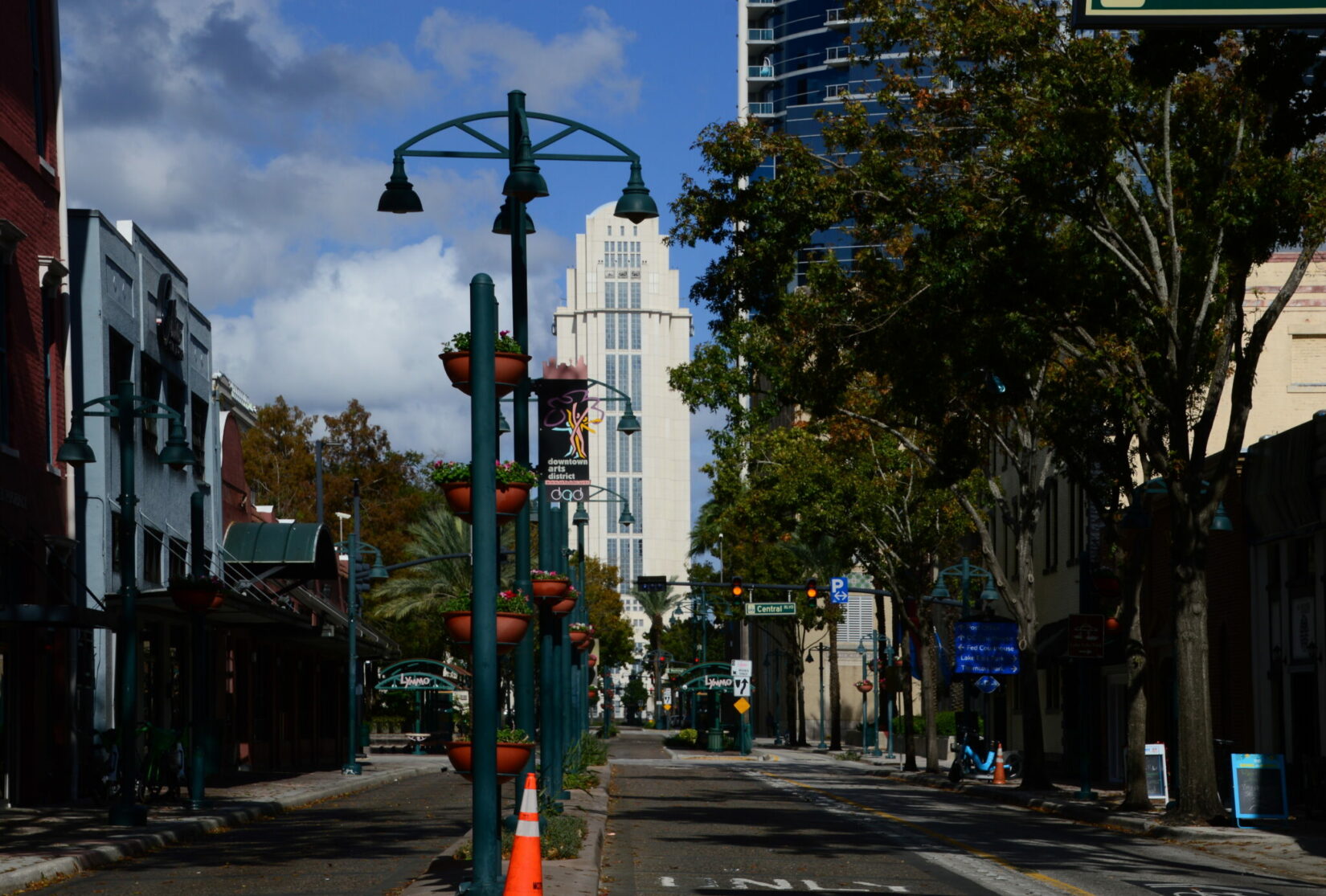Market Commentaries are a series of timely analyses produced by the Orlando Economic Partnership’s Market Intelligence team. Commentaries are typically associated with a major data release or cover areas key to advancing the Partnership’s goal of Broad-based Prosperity®.
| ✓ | New population estimates indicate the Orlando MSA added 55,000 new residents between July 1, 2022, and July 1, 2023. |
| ✓ | This was the fourth highest of any region; in percentage terms, Orlando was the second fastest-growing large region in the U.S. for the second consecutive year. |
| ✓ | The region must now plan for close to one million more people arriving by 2045, while acknowledging divergent paths within the region. |
Every March, the U.S. Census Bureau releases new population estimates for counties and regions across the country. This year’s release suggests the Orlando region added 54,916 new residents in the year ending July 1, 2023 – consistent with the region’s long-term trend of adding 1,000 new residents per week.
Florida’s Fastest-Growing Region (Again)
For the second consecutive year, Orlando was the second fastest-growing of the country’s 30 most populous regions (after Austin, TX) and the fastest-growing large region in Florida. Now the 21st most populous region in the United States, the Orlando MSA added the fourth most new residents of any region in 2023 (after the much larger markets of Dallas, Houston, and Atlanta). Orlando’s growth was part of a much wider trend of Americans moving South, with Phoenix the lone region outside of Texas, Florida, Georgia and North Carolina to place among the top 10 fastest-growing MSAs in the country.
Since the 2020 Census, the Orlando region has gained a total of 144,542 new residents. Almost 46% of that growth has been attributable to domestic migration, with 41% due to international migration, and just 13% from natural change (births minus deaths). International migration was particularly pronounced in the year ending July 2023, contributing more than half (53%) of the region’s total population gain.
Residents who have moved to the region since 2020 account for 4.4% of Orlando's current population, the third highest share among the country’s 30 most populous regions after Austin and Tampa. Net migration may broadly be considered an indicator of a region’s attractiveness as people are generally drawn to where they perceive they will have a better life.
Moving North (and South)
Data on the origin of Orlando’s newcomers generally lags by several years. However, the most recent data from the Census Bureau (2016 – 2020), corroborated by data from IRS tax returns, suggests the greatest domestic sources of new residents for Orlando are South Florida and New York, with Puerto Rico also a key contributor.
Early data from the Census Bureau’s American Community Survey also suggest those moving here are younger, more diverse, and more educated than those already living here. This will be explored further in a later commentary.
Divergent Paths
All four counties within the Orlando MSA - Lake, Orange, Osceola, and Seminole – added residents in 2023. However, divergent paths are beginning to emerge. While Osceola and Lake easily placed in a list of the nation’s 100 fastest-growing counties in 2023, at 57th and 60th respectively, population growth in both Orange and Seminole slowed from 2022 and was less than half that recorded in Osceola and Lake.
Indeed, 73% of all net migration to the region since 2020 has been to Lake or Osceola despite the two counties accounting for just 31% of the region’s population. County-level migration data also suggests evidence of intra-region migration, with Orange and Seminole both running net outflows to Lake and Osceola.
To 2045
The latest medium-range population forecast from the University of Florida suggests the Orlando region could welcome close to another one million residents by 2045 - new residents who will need good jobs, affordable housing, great neighborhoods, and well-planned infrastructure.
The challenge of our time will be how the region plans for this influx. However, the Partnership’s Orlando 2045 initiative - which aims to create a shared vision for a prosperous, vibrant, and sustainable future for the region – presents an excellent opportunity to plan intentionally.

